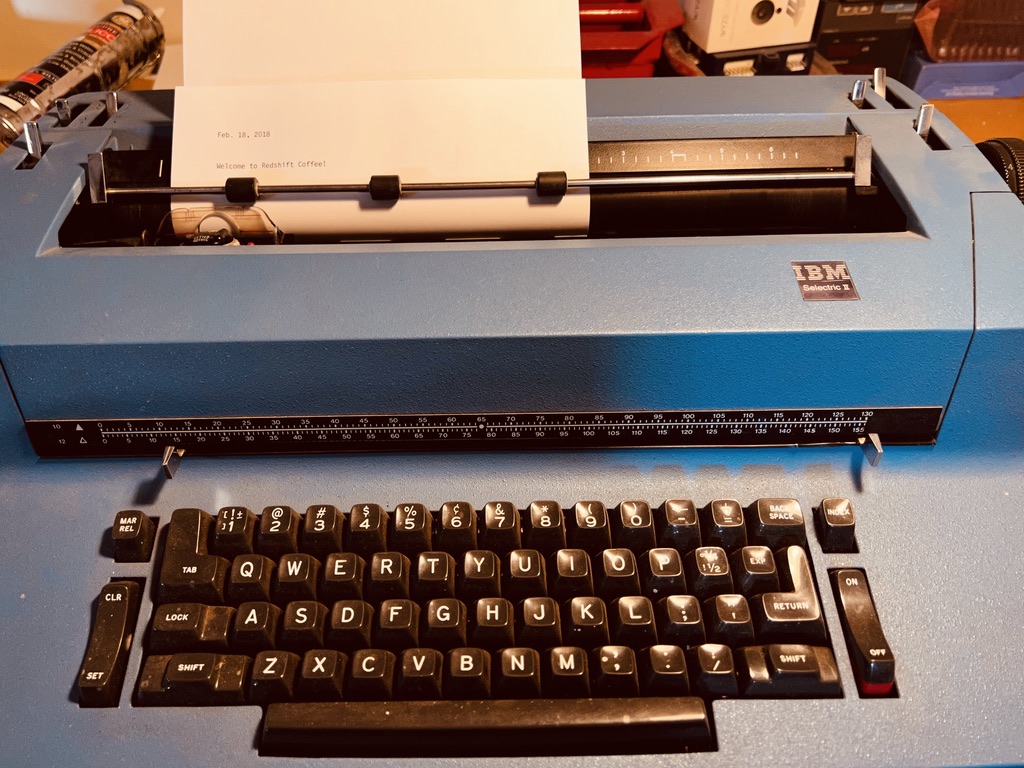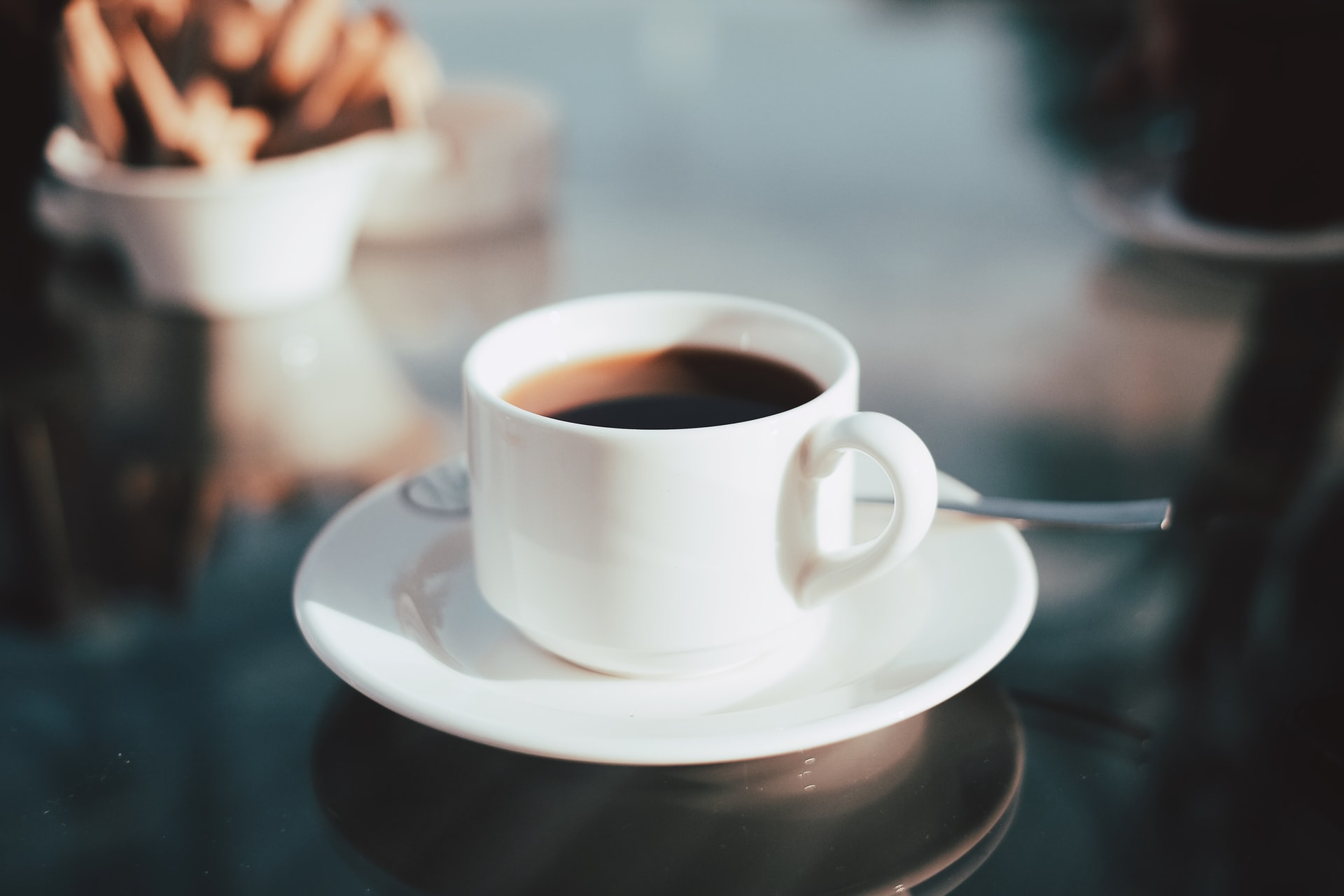As I sift through the numerous samples in the cupping lab I thought I would take this opportunity to express what I hope to bring to Redshift.
My prior workplace experience allowed me to visit a number of origins and meet firsthand coffee farmers who are at the vanguard of producing outstanding coffees using unique and innovative processing techniques. I am a big believer in Direct Trade relationships with Micro-lot Importers who provide detailed information and media support materials to “tell the story” of where our coffee comes from. Having a direct relationship with quality conscience importers is what makes specialty coffee different from the big roasting firms. Corporate coffee often hides behind institutional trade marks like Fairtrade to promote their coffee, but even though these programs require independent third party inspection they do not properly reflect the values of third-wave coffee buyers.
Savvy coffee buyers today are more interested in the transparency of the product in and of itself. Things like species variety, elevation and processing methods are more important than certification standards. Customers recognize that being able to talk directly to a Barista about the coffee is much more truthful than some set of institutional standards set up by an International Organization. This is naturally a huge responsibility that Baristas have, but one that is supported by an excellent social media program. That is why I was intrigued by the practice of using geo-coordinates here at Redshift Coffee.
Admittedly this has made sorting all these sample somewhat tedious as this is the only information on the various bags on the table. I have spent most of the morning looking up these coordinates and have a reasonable idea of where each one is from but it was a long process. I noticed that all of the samples are from the same importer, Hurqalya Coffee Importers, I had met at the conference last year. Apparently, Redshift has an exclusive relationship with them.
One strange thing I noticed in the Cupping Lab was an old typewriter with a black disk above it. On the paper in the typewriter was a message welcoming me to Redshift. I was told that if I wanted any specific coffee to type in the coordinates here. I guess someone from corporate comes by and takes the paper or something. I am not sure how it works.

Anyway, I think more coffee roasters should adopt the practice of using geo-coordinates on their packaging to give the customer more transparency. This way they can pinpoint on Google Earth exactly where their coffee is coming from. Transparency like this is what separates Specialty Coffee from Conventional Coffee. I am excited to share this transparency with you over the coming months when I begin my travels for great coffee.
Okay, that’s weird . . . The typewriter just started typing by itself.
